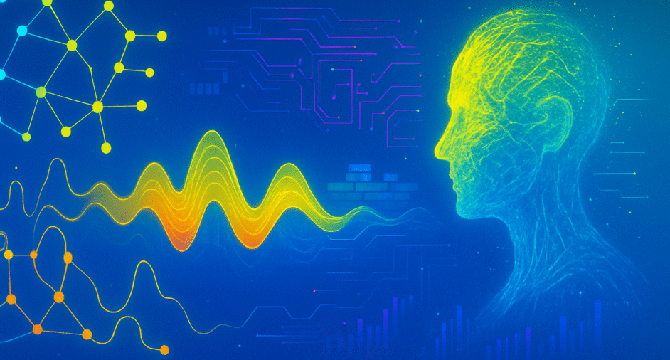Unite
1d
376

Image Credit: Unite
Dream 7B: How Diffusion-Based Reasoning Models Are Reshaping AI
- AI has progressed to handling reasoning, planning, and decision-making tasks beyond basic text and image generation, leading to a demand for more advanced models like Dream 7B.
- Dream 7B introduces a diffusion-based reasoning model to enhance AI-generated content's quality, speed, and flexibility, overcoming challenges faced by traditional models like GPT-4 and LLaMA.
- Diffusion models like Dream 7B refine text sequences in parallel rather than sequentially, resulting in improved coherence over long sequences and better context retention for complex tasks.
- Dream 7B's 7-billion-parameter architecture employs bidirectional context modeling, parallel sequence refinement, and context-adaptive token-level noise rescheduling for efficient text processing.
- Dream 7B's bidirectional approach enhances coherence by considering both past and upcoming context, while parallel sequence refinement improves accuracy and coherence in text generation.
- Dream 7B outperforms traditional models by maintaining coherence over long sequences, handling multi-step reasoning tasks effectively, and offering flexibility in text generation by controlling diffusion steps for speed and quality adjustments.
- Dream 7B's applications span various industries, including advanced text completion, controlled text generation for SEO optimization, and quality-speed adjustability for fast-paced or detailed content requirements.
- Overall, Dream 7B's diffusion-based model revolutionizes AI by enhancing coherence, reasoning, and flexibility, making it more effective in tasks like content creation, problem-solving, and planning.
Read Full Article
22 Likes
For uninterrupted reading, download the app